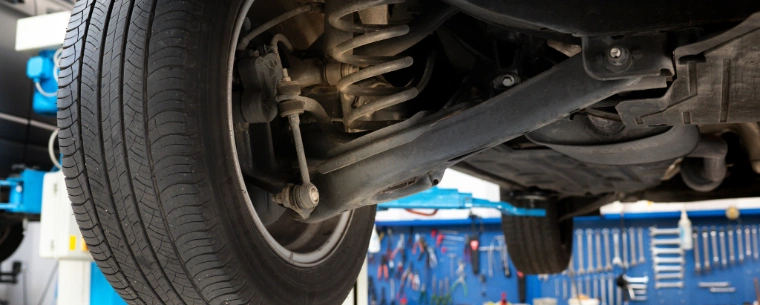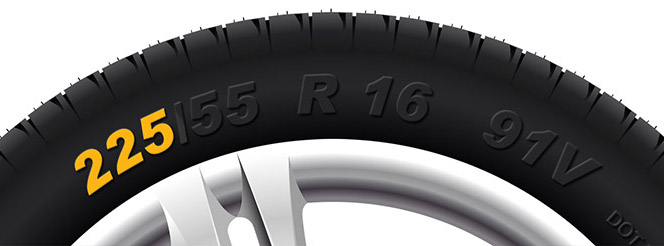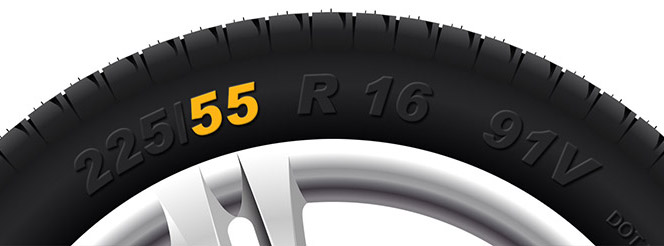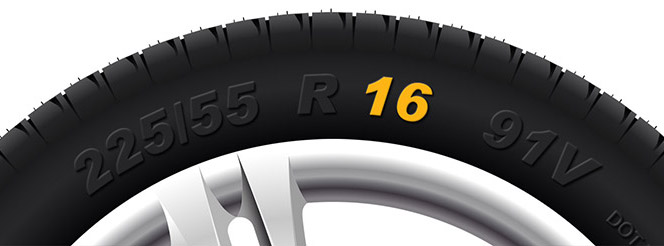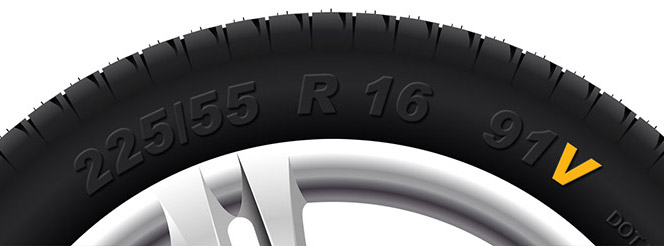Tips For Looking After Shock Absorbers
Published on: Monday, 06 January 2025 | Author: Jessica Bird
If you’re unlucky enough to hit a pot hole or encounter a rough road surface while driving, have you ever wondered how you’re able to keep your vehicle stable? This is all thanks to a shock absorber: a handy component installed on every vehicle to ensure stability, particularly when driving on bumpy roads.
Although hidden from view, shock absorbers play a very important role in keeping you safe on the road. In this guide, we’ll explain the mechanics of shock absorbers, the key signs you should look out for if they’re worn or damaged and how your driving habits can help to prolong their life.
What is a shock absorber?
As we’ve touched on above, a shock absorber is the term used to describe a component within a vehicle’s suspension system that helps to stabilise its ride, particularly when travelling over uneven road surfaces. As well as shock absorbers, a suspension system also contains springs, struts, linkages and suspension rods. These are all parts that connect the wheels to the vehicle itself.
So, where can the shock absorber be found? They are mounted between the wheel and the body of the vehicle and help to reduce your car’s overall vibrations. Depending on the type of vehicle, there are different types of shock absorber to meet different specifications. For instance, if you frequently carry a heavy load or travel regularly off road, or on rough road surfaces, then your vehicle is likely to be fitted with heavy-duty shock absorbers.
How do shock absorbers work?
As a vehicle’s wheels turn, the tyres create kinetic energy. Shock absorbers work by converting this kinetic energy into thermal energy. They also act as dampers - as they reduce the impact of a road surface by controlling the movement of your vehicle’s suspension springs. By preventing these springs from expanding or compressing too rapidly, they help to keep your tyres on the road, which in turn helps to maintain the stability of your vehicle.
Without shock absorbers, every time you drove over a bump in the road or over an uneven surface, your vehicle would experience excessive bouncing. This would not only have a negative impact on the way your vehicle handled, but would also make for a very uncomfortable ride for you and your passengers.
The mechanics of a shock absorber
Inside a shock absorber, you’ll find a piston attached to a rod. The piston moves within a sealed tube containing hydraulic fluid. As the piston moves, the hydraulic fluid is forced through small tubes, creating resistance and slowing the movement of the piston. In turn, valves control the flow of the fluid, which adjusts the damping process.
How can you tell if your shock absorbers have stopped working?
If your shock absorbers become damaged or worn, you’ll soon start to notice some changes when you’re behind the wheel.
Knocking or squeaking
One of the first signs that something may be amiss with your shock absorbers is if you start to hear strange sounds whilst driving, particularly when travelling over bumps in the road or on uneven road surfaces. Knocking and squeaking noises can indicate that your shock absorbers are past their best.
Vibrations
If you notice vibrations through your car that seem more violent than normal, then this is a clear indication that something may be wrong.
Uneven tyre wear
If your shock absorbers are worn, then you can expect a bouncier ride when driving over uneven road surfaces. As well as being uncomfortable for you and your passengers, it will also increase the wear and tear on your tyres, meaning you’ll need to get them replaced more quickly than usual.
Longer stopping distance
One of the most serious consequences of worn shock absorbers from a road safety point of view is that your stopping distance will be increased. This puts you at greater risk of having an accident when coming to a halt or having to brake suddenly to avoid a hazard.
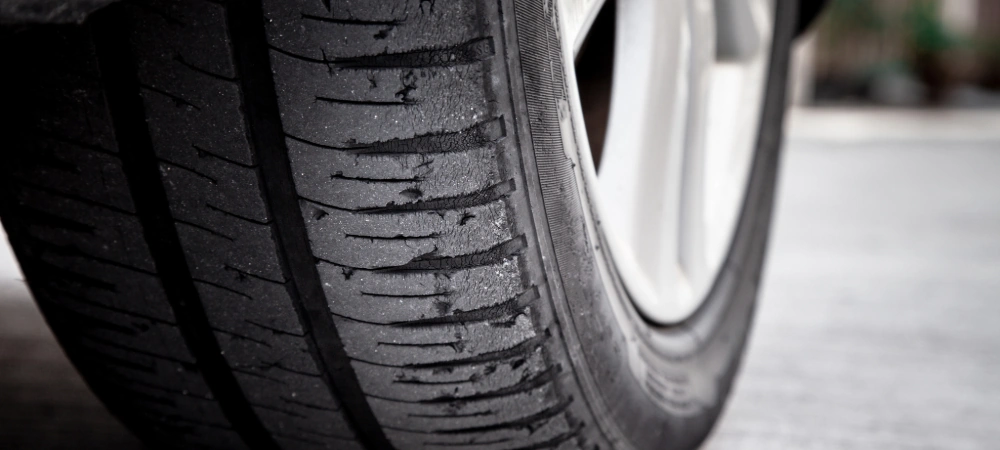
How often should you replace a vehicle's shock absorbers?
In general, most shock absorbers will have a lifespan of between 50,000 and 100,000 miles, although your driving style and where you drive may have an impact on how long they last. Typically, shock absorbers aren’t included in maintenance schedules for replacement like other parts. This is why it’s a good idea to check your suspension regularly to ensure that everything is working as it should.
How can you take care of your shock absorbers?
We’ve already hinted at it, but your driving style can have an impact on the life of your shock absorbers. If you drive in an aggressive manner with lots of harsh braking and accelerating and don’t slow down when you drive over pot holes or other bumps in the road, then you’ll put more stress on your shock absorbers. This will cause them to wear out more quickly than if you drive in a smoother and more cautious way. If you can, try to avoid rough terrain or uneven road surfaces too.
Regular checks, as well as an annual service, or MOT, will also pick up any signs of corrosion, rust or leaks. By checking your tyres from time to time too, you will also pick up on any uneven wear that could be a sign of an issue with your shock absorbers.
And, if you do need to replace a shock absorber, just like with tyres, it’s recommended to replace them in axle pairs - i.e. front or back at the same time, or all four together.
Get your suspension checked
If you’re worried you may have a problem with your shock absorbers, then contact your nearest centre. Our trained suspension repair specialists can inspect your vehicle and diagnose any problems with your suspension, providing a clear quotation for any repairs your vehicle may need.
